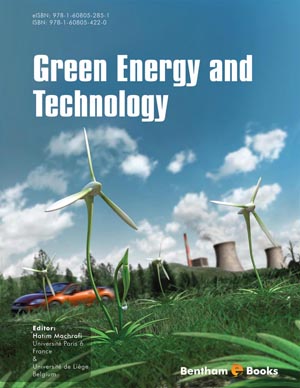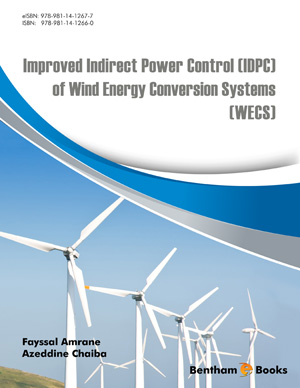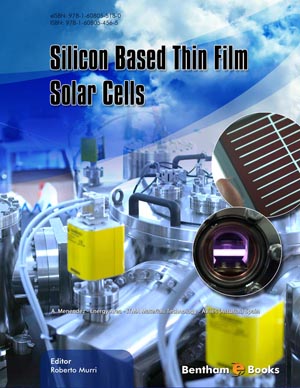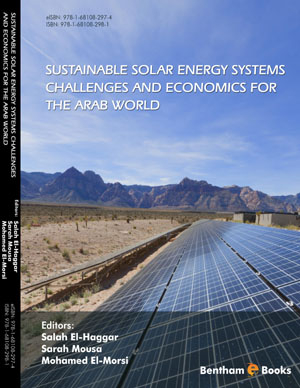Abstract
Hydrogen has long been recognized as an energy carrier for the transportation sector with a number of important advantages compared to the currently used fossil fuels. It can be produced from a variety of (renewable) energy sources and it can produce energy in an efficient and clean way. For powering vehicles, hydrogen can be used in two ways, either in a fuel cell (FC) producing electricity, or in an internal combustion engine (ICE) producing mechanical power. Converting an ICE to hydrogen operation is relatively straightforward and is interesting as it offers a bi-fuel possibility. What is less known is that a hydrogen-fueled ICE (H2ICE) has a high efficiency potential, leading to a smaller gap in efficiency compared to a hydrogen-fueled FC than commonly assumed. This chapter describes the physical and chemical properties of hydrogen that theoretically allow a high engine efficiency, and presents experimental confirmation of these theoretical considerations. Published efficiency figures obtained by engine testing are reviewed and recent work on both port fuel injection (PFI) as direct injection (DI) H2ICEs is discussed. Finally, an outlook is given on the potential for further increases in efficiency.
Keywords: Hydrogen, internal combustion engines, spark ignition, fuel, bi-fuel, NOx, combustion, emissions, efficiency, transportation, vehicles, injection, knock, mixture formation, injection strategies, injection strategies, power density.













